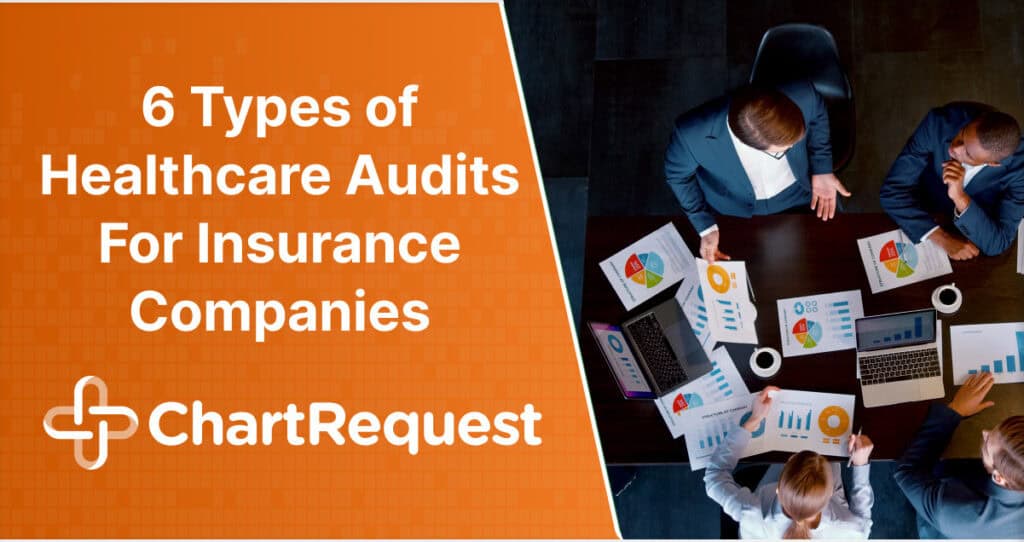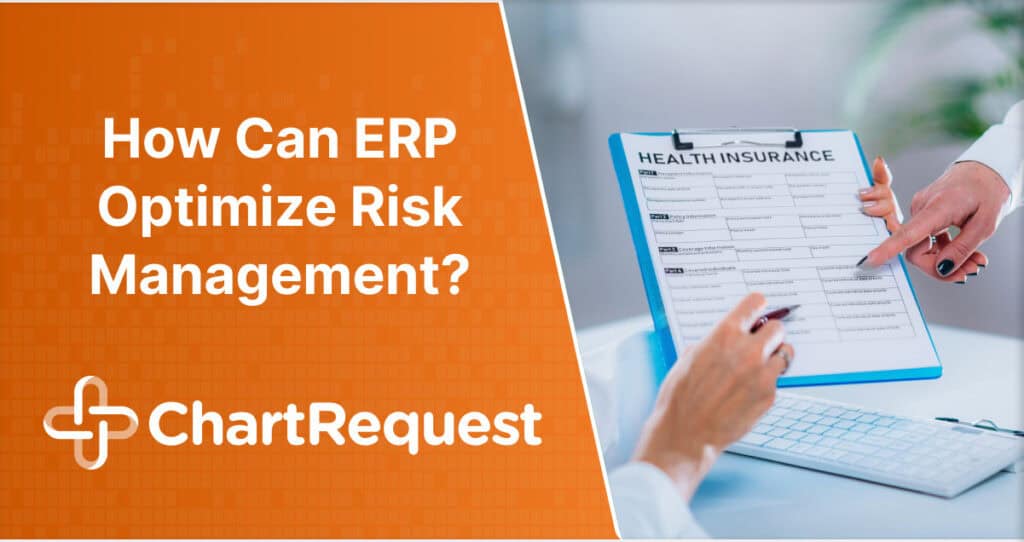How to minimize the risk of contamination from medical records
- The coronavirus can last for up to four days on surfaces like touchscreens and paper.
- You can protect your staff and requestors against COVID-19 by using disinfectant wipes and leveraging UV light.
- Contactless medical record fulfillment is a safe method for the release of information because no exchange of physical items takes place.
At the moment of writing this blog post, there were 2.59 million confirmed cases of COVID-19 and 128,000 deaths attributed to the virus in the United States. So it’s understandable that while many states are lifting lockdown restrictions and allowing people to return to work, one of the most pressing questions HIM personnel are asking is whether or not you can get coronavirus from touching contaminated surfaces. The answer is yes, you can.
How Long Does the Coronavirus Last on Surfaces?
The coronavirus can be spread by infected people to surfaces around them, as well as to items they touch. As WebMD reports, if someone who’s infected coughs or sneezes, they send tiny droplets with the virus into the air. These droplets can land on things like desks, chairs, and other office furniture. They can also land on laptops and tablets your staff might use.
Exactly how long the coronavirus lasts on surfaces depends on the type of material the surface is made from. Based on two studies — one in the New England Journal of Medicine and one in The Lancet — Healthline examined how long the virus lasts on various surfaces. It found that it can last between three and seven days on stainless steel and plastic, up to four days on glass, and up to two days on wood.
That means that especially computer keyboards and mice, as well as touchscreens on devices, pose a significant risk for contamination.
How Long Will the Coronavirus Last on Paper?
But what about paper documents and cardboard files? Healthline found that the coronavirus can last for up to four days on paper and for as long as 24 hours on cardboard. In other words, it’s possible to catch COVID-19 from handling hard copy ROI requests and medical records — even if nobody has touched them for half a week.
Tips for Protecting Your Staff and Requestors Against COVID-19
Clearly, the coronavirus is a resilient pathogen that can survive for a significant amount of time on surfaces. Since it’s highly contagious, it’s critical to protect your staff and requestors. The following tips can help:
- Enforce social distancing in the workplace according to your state guidelines. You can find your state’s guidelines on the U.S. Chamber’s State-by-State Business Reopening Guidance page.
- Encourage staff and requestors to practice social distancing and wear face masks.
- Clean the workplace, including computers and other devices, with EPA-approved disinfectants such as disinfectant wipes on a daily basis.
- Consider utilizing germicidal ultraviolet technology to clean office spaces and equipment.
- Place hand sanitizer stations in the workplace so employees can disinfect their hands frequently.
- Opt for contactless medical record fulfillment, which leverages a HIPAA-compliant platform to fulfill requests for the release of information online. This way, there’s no need for staff or requestors to physically handle hard copy files.
The reality is that so long as we’re waiting for a vaccination against COVID-19, we all have to do what we can to stop the virus from spreading. Until then, you can safeguard the health of your staff and requestors as much as possible by following the advice of medical experts and implementing contactless medical record fulfillment.








